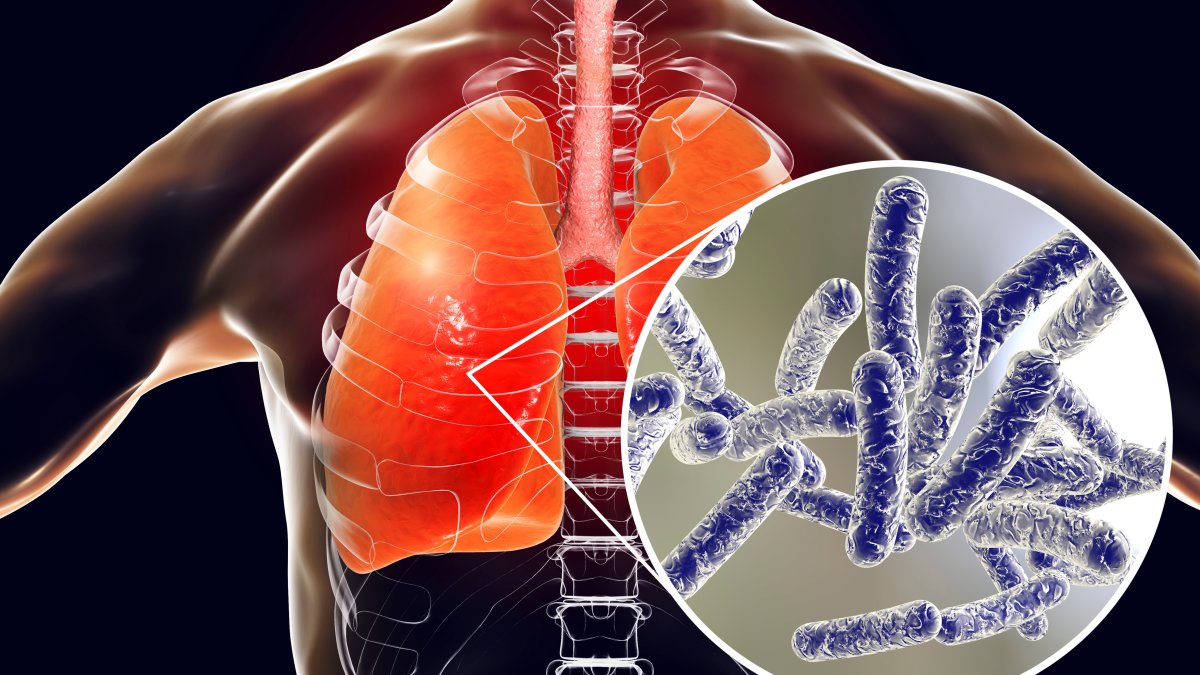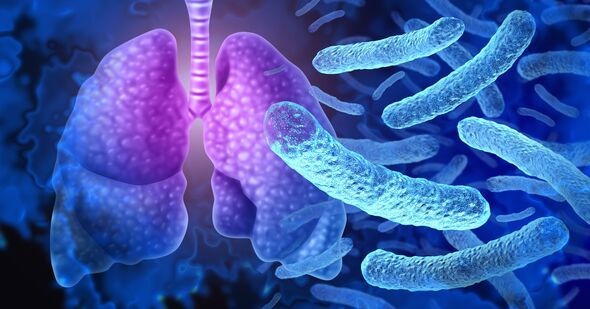A serious outbreak of Legionnaires’ disease has gripped Central Harlem in New York City, resulting in over 100 confirmed infections and multiple deaths. Health officials are urgently responding to the crisis as community members are being urged to recognize symptoms and seek immediate medical care. The ongoing investigation highlights concerns about contaminated water systems, particularly cooling towers atop several buildings in the area.
The Growing Outbreak in Harlem
Since mid-July, health authorities have reported 114 confirmed cases of Legionnaires’ disease in Central Harlem, with the death toll rising to seven. This marks one of the largest outbreaks of the disease in New York City in recent years. The illness, caused by Legionella bacteria, can lead to severe pneumonia-like symptoms and requires prompt treatment with antibiotics. The city’s Department of Health is working to contain the spread and has intensified testing and remediation efforts across multiple affected sites.
Source and Risk Factors
Investigations have identified at least a dozen cooling towers on ten different buildings that tested positive for Legionella bacteria. These include significant public facilities such as a city-operated hospital, a health center, a condominium complex, and a City College of New York campus. Cooling towers produce mist that can carry the bacteria into the air, posing an outdoor transmission risk to residents and workers nearby. Yet, officials emphasize that Legionnaires’ disease cannot spread from person to person or through typical indoor air conditioning or drinking water.
Health Department Actions
Authorities have been proactively cleaning and disinfecting contaminated cooling towers across affected ZIP codes in Central Harlem. Weekly testing requirements have been reinforced for buildings citywide to prevent further outbreaks. The health department is also providing ongoing public communication through multiple channels, including multilingual outreach, to ensure that vulnerable populations—especially those over 50, smokers, or individuals with weakened immune systems—are informed and protected.
Recognizing Symptoms and Seeking Care
Legionnaires’ disease symptoms typically appear between two to fourteen days following exposure and can include cough, fever, chills, muscle aches, and shortness of breath. Because these symptoms resemble common flu or pneumonia, health officials urge residents experiencing flu-like illnesses in the affected areas to seek medical evaluation promptly. Early diagnosis and treatment are critical for successful recovery, especially for high-risk individuals.
Legal Action and Community Impact
A group of construction workers has filed a lawsuit alleging negligence after contracting Legionnaires’ disease while working at Harlem Hospital, a site that tested positive for the bacteria after a series of heavy July storms. The lawsuit claims untreated rainwater accumulated in cooling towers, enabling bacterial growth that endangered workers. Community leaders and advocates continue to call for stronger oversight and accountability from city agencies and building operators to protect public health.
Preventive Measures and Public Reassurance
City officials emphasize that the air and drinking water remain safe while continuing aggressive control measures to mitigate risks. Residents and businesses in Central Harlem are encouraged to report symptoms and stay informed via health department updates. The city remains committed to combating this outbreak with transparency, diligence, and community cooperation to ensure safety and prevent future cases.
In summary, the Legionnaires’ disease outbreak in Harlem underscores the critical importance of building maintenance, swift public health response, and community awareness. Continued vigilance and timely medical attention are key in overcoming this public health challenge.






